These Milk Bread are soft and fluffy rolls that are mildly sweet, making them versatile for pairing with your choice of jam, spreads or even with just a plain cup of coffee.
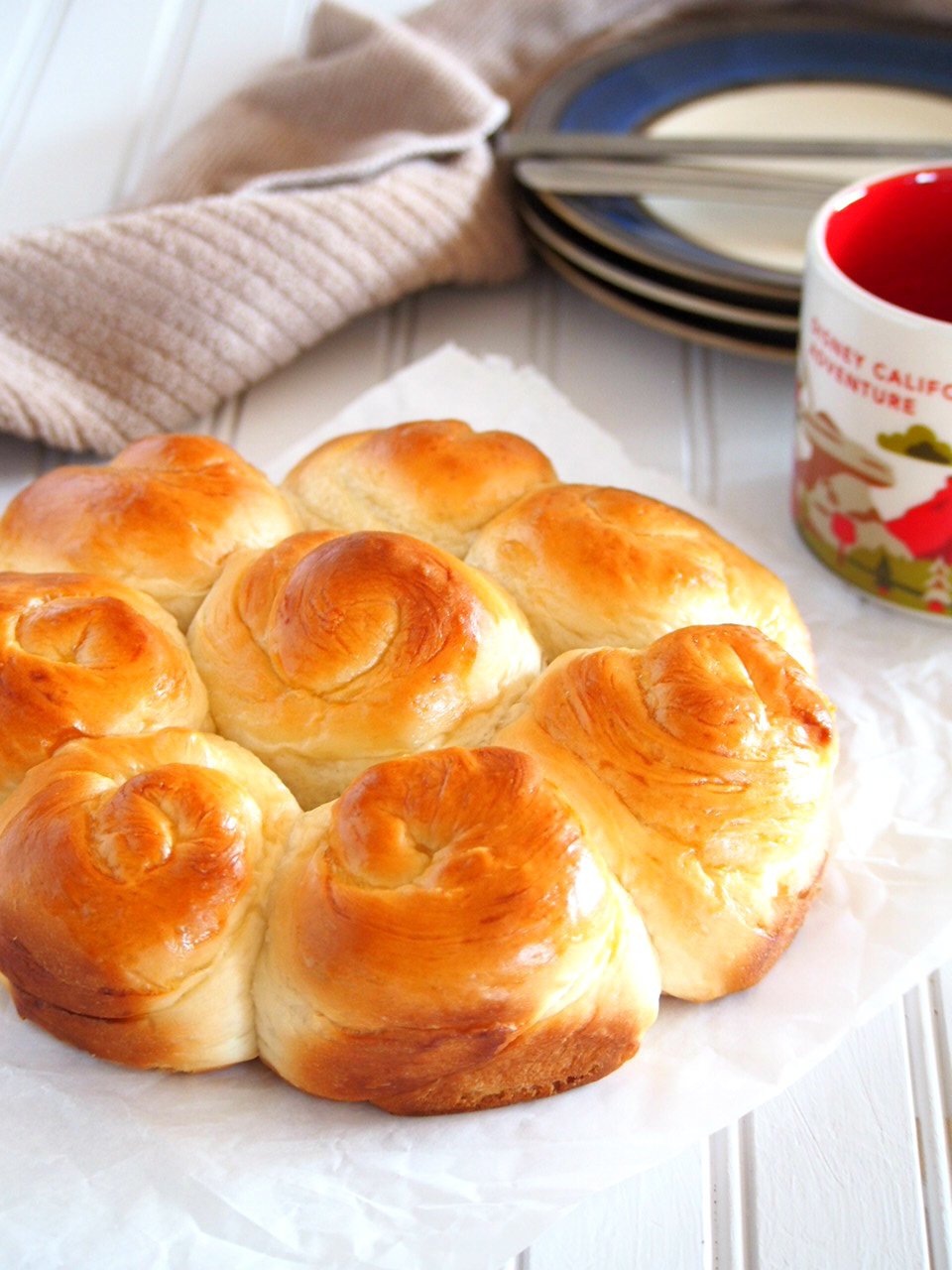
This milk bread had me at its deep golden top. It sparked my imagination of spreading butter lavishly over a soft crust and feeling in my mouth a sensation of warm, soft bread being moistened by a smear of softened fat.
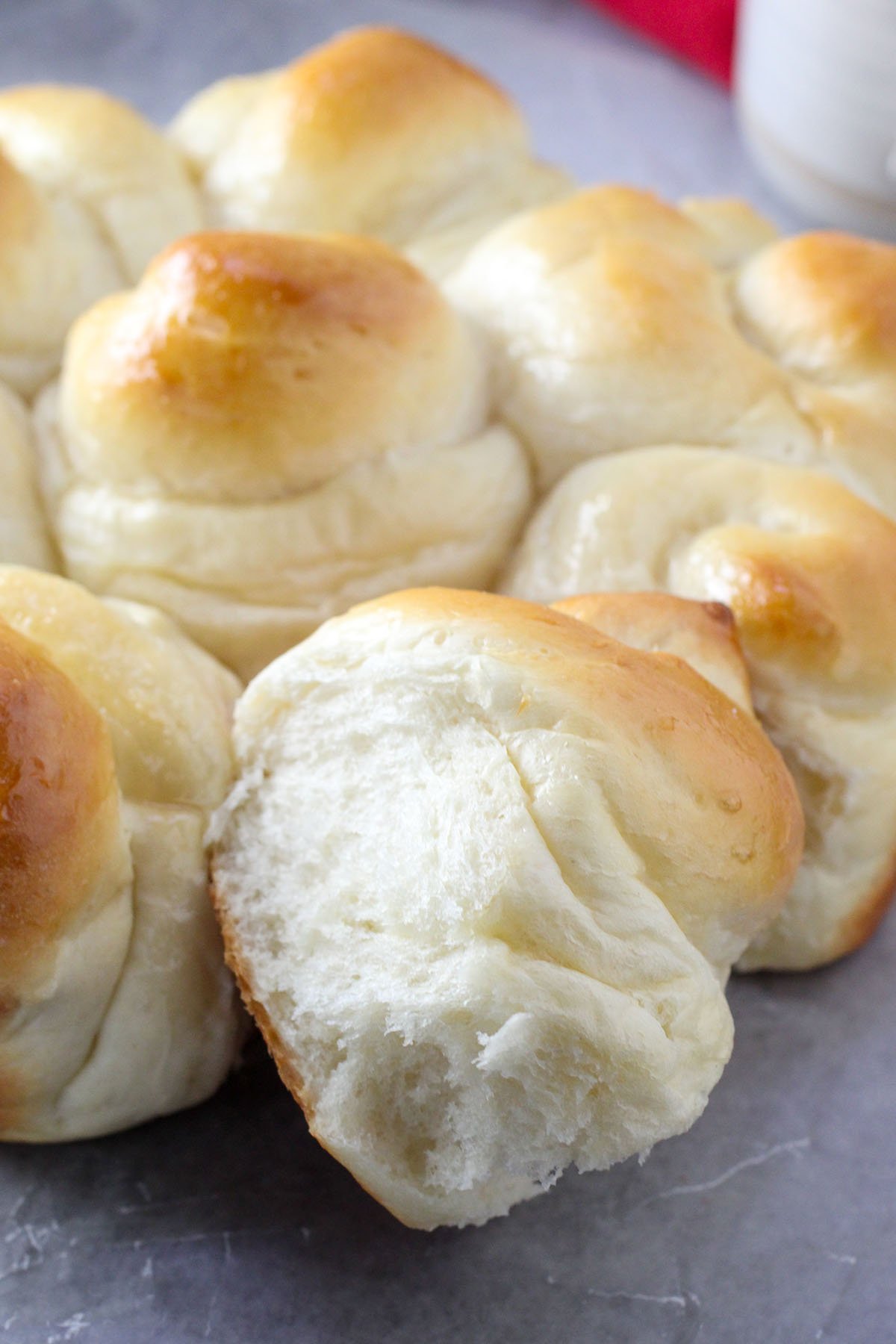
Milk Bread
- Milk bread has a mild taste and slight sweetness.
- Its simple profile makes it a perfect canvass for your choice of spread, be it fruit jam, cream cheese or whatever is your favorite. In my case, butter.
- On most days though, I eat it plain. There is just something so satisfying about tasting the natural sweetness of bread and savoring its softness and fluffiness.
- Also check out Custards Buns, which is made of the same dough but filled with a sweet custard in the centers.
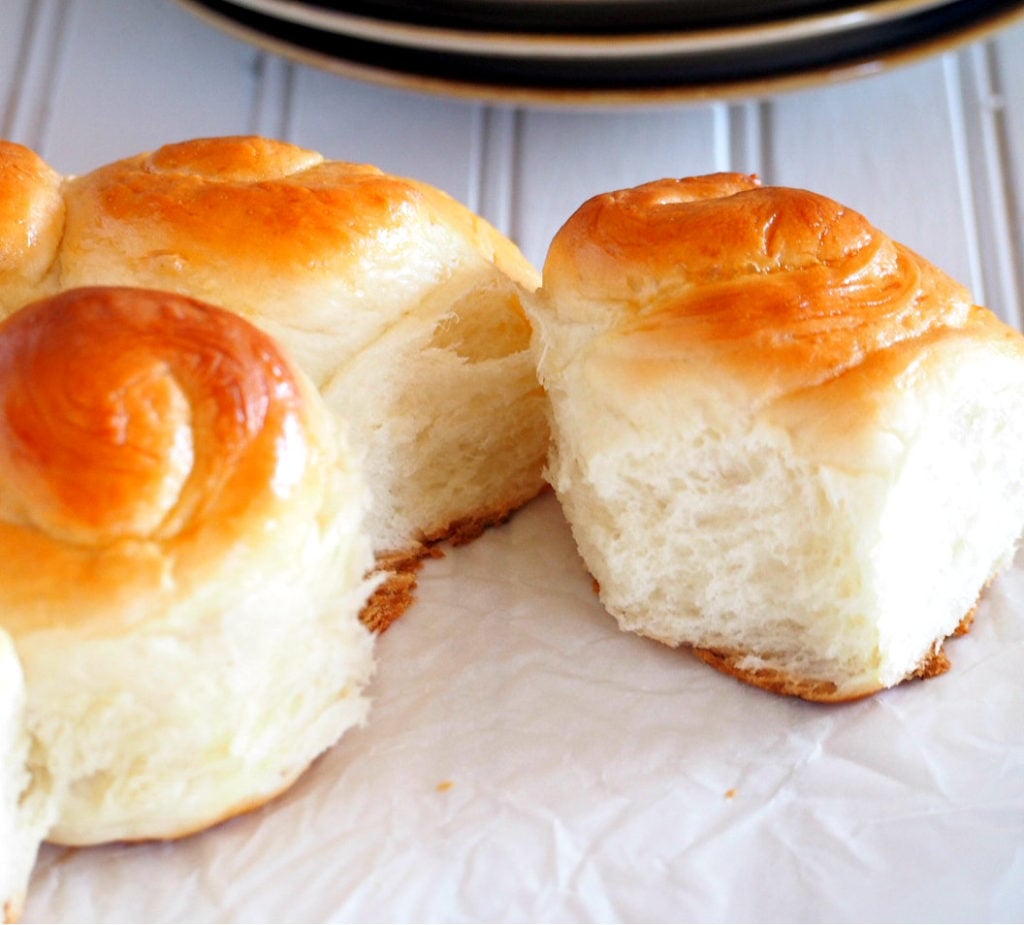
Pointers for Making Milk Bread
- Most traditional methods for making milk bread calls for a starter called a tangzhong. It is flour cooked together with water (and milk) to form a soft dough that is mixed with the rest of the ingredients. This recipe is a simpler but foolproof method of making milk bread and does not require the tangzhong.
- A stand mixer is employed here and it pretty much does all the job. Kneading using the dough hook takes about 12 minutes, and just like in the brioche recipe, my indication if the dough is ready is if the dough is gathered in the center of the bowl, and is slapping against the sides of the bowl (More about that in the process part later).
- The recipe is enough to make 2 sets of rolls in a round baking pan, and with 8 pieces of rolls in each. You can also make 2 loaves instead. Or like what I did, make one pan of rolls and one loaf.
- They stay soft for days as long as they are stored in covered containers. You can also microwave them for 15-20 seconds, and they will still be as amazing as if they were just out of the oven.
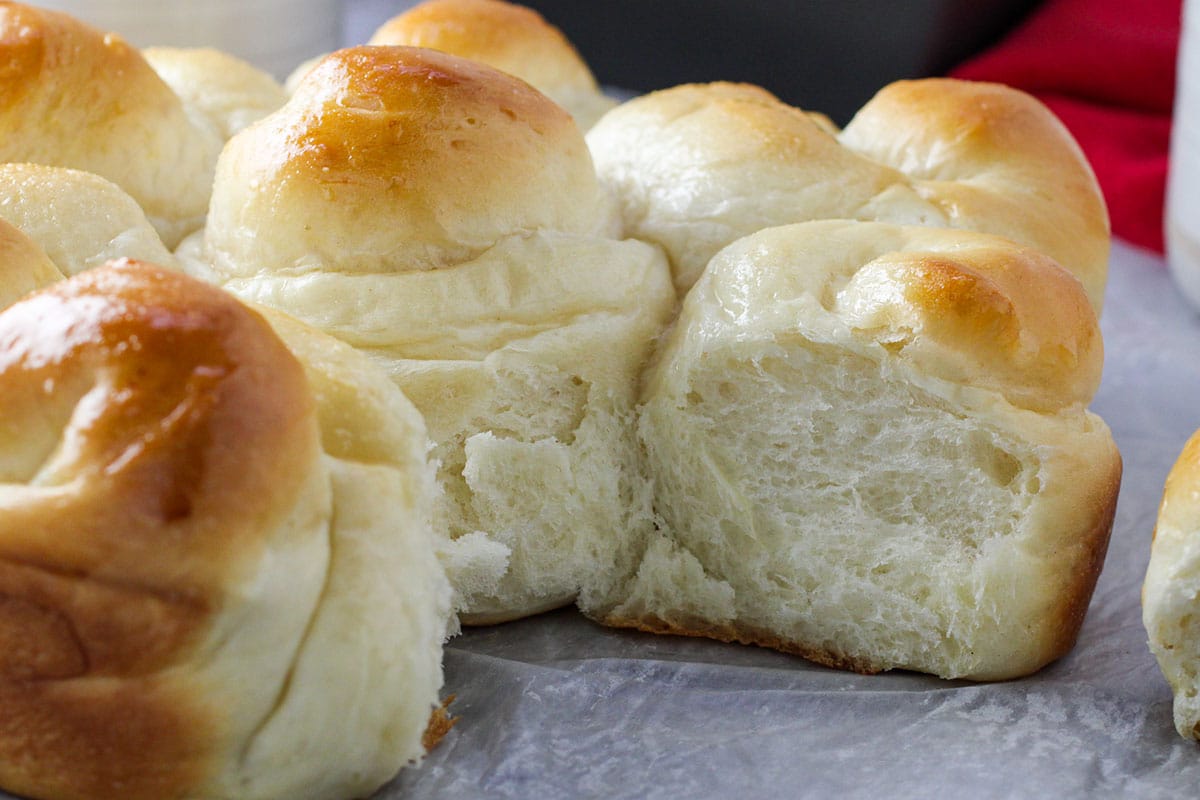
Milk Bread: The Process
Making and Kneading the Dough
- In the bowl of a stand mixer, add the warm water. Sprinkle the yeast and about 1 tsp of the sugar. Let stand until foamy.
- Add the warm milk, warm heavy cream, the egg, the remaining sugar and salt. With the dough hook attached, run the mixer at low speed just to incorporate the ingredients.
- With the mixer still running, add 3 cups of flour, one cup at a time, and beat until the dough gathers into a shaggy mass. Add the remaining cup of flour and continue to beat until incorporated.
- Then slowly build up the speed to medium and mix the dough for about 8-12 minutes, scraping the sides and bottom of the bowl when necessary.
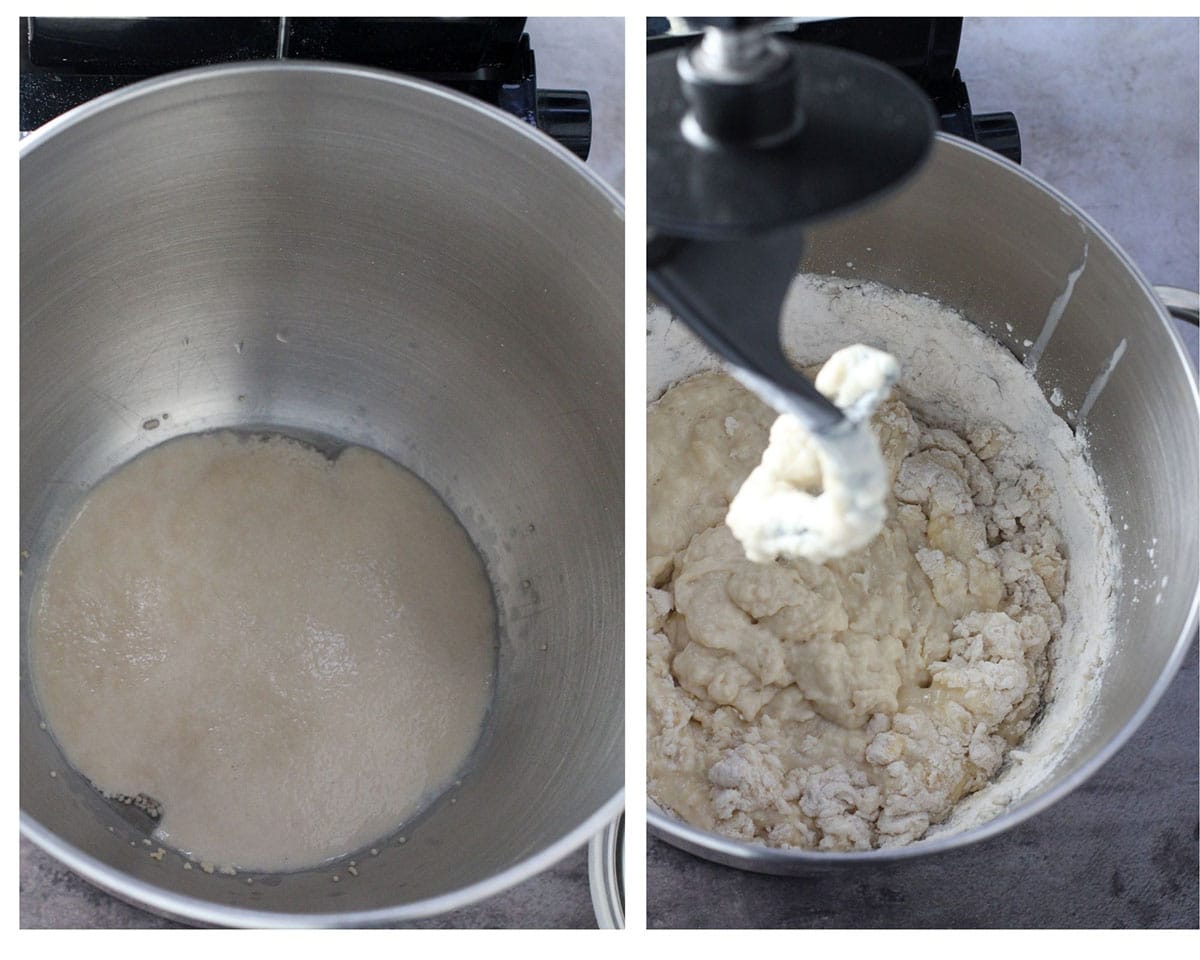
The dough will make the slapping sound during kneading.
- As the machine continues to run, you should see your dough starting to form in the center, and is clinging to the dough hook. A few minutes more and the dough is beginning to slap the sides of the bowl and making the slapping sound.
- You can sprinkle up to 3-5 tbsp of flour to help the dough release from the bottom of the bowl.
- Keep mixing until the dough is coming together in the center. You should hear the slapping sounds of the dough soon.
- Overall, the kneading should take like 8-12 minutes only. Longer than that, you might risk over kneading your dough. The dough is now ready for proofing.
- Its texture is still a little bit tacky when you poke it with your finger, but it has lost a lot of stickiness at this time.
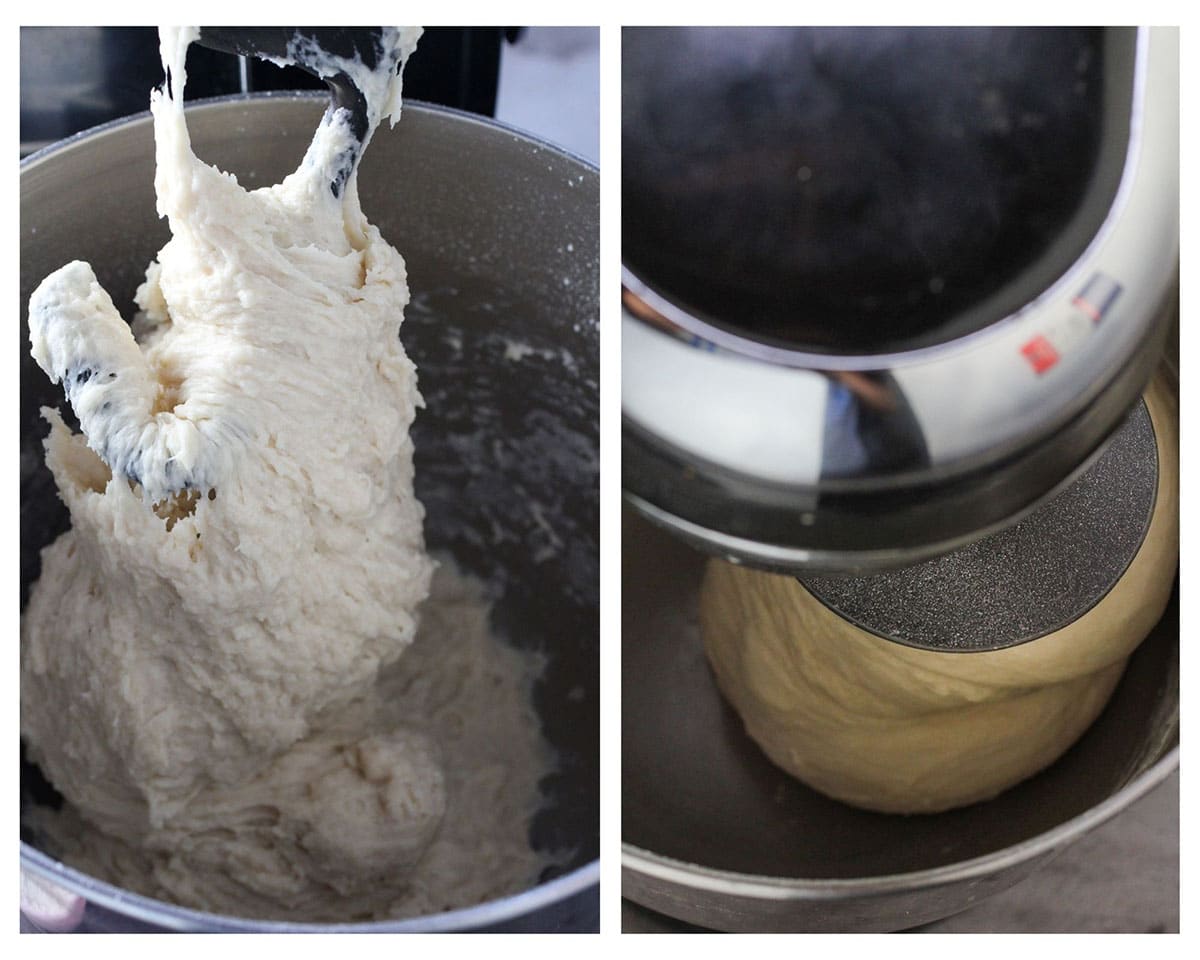
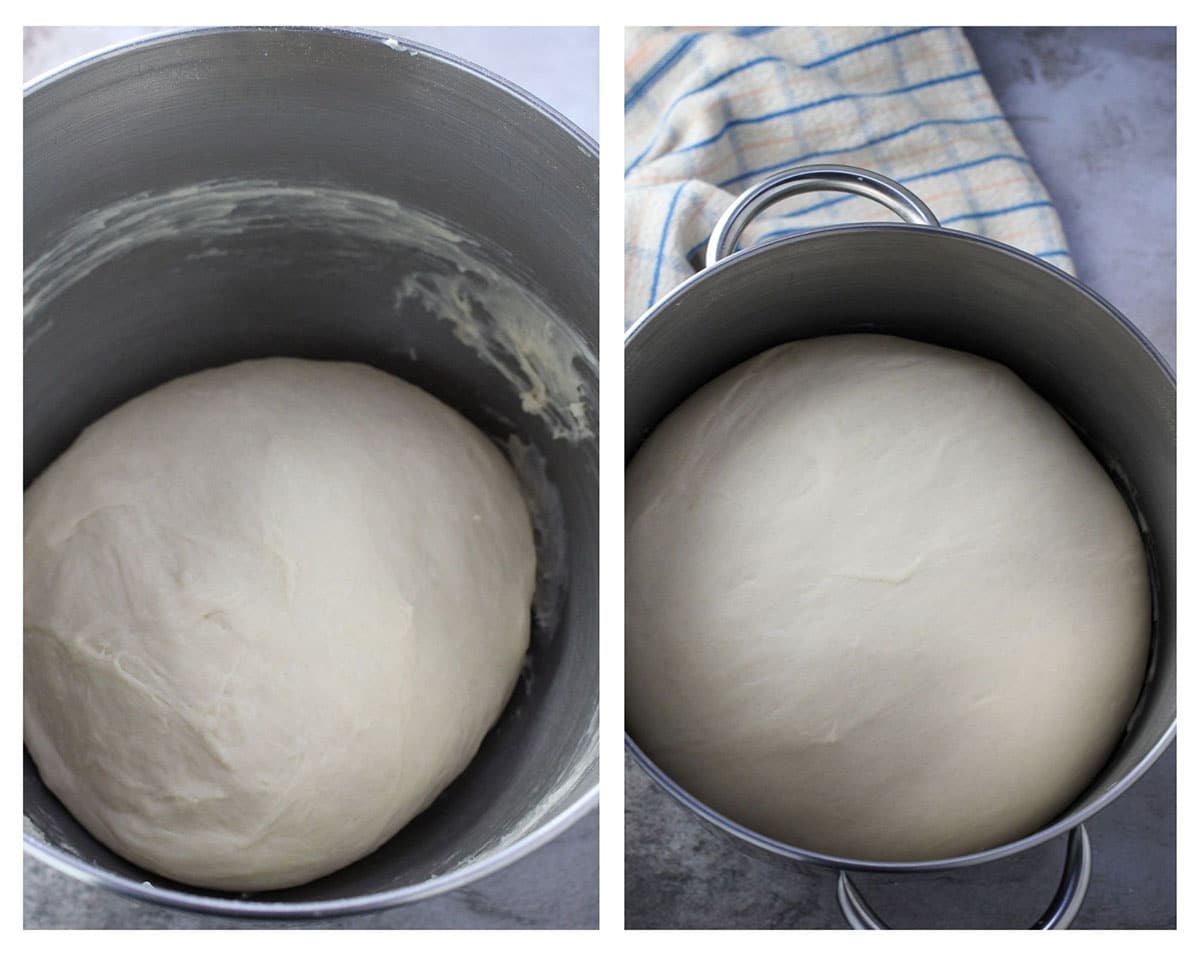
The First Rise
Gather the dough into a ball. Sprinkle a little amount of flour into the sides and base of the bowl and place the dough for proofing. (Or set the ball of dough in another bowl, if you prefer.)
Cover the bowl with a kitchen towel and set this aside in a warm place for about 1 to 1 and 1/2 hours. The dough should double in size. After the first rise, divide the dough into two equal portions.
Shaping the Dough (3 ways)
- 16 pieces of milk buns. Divide each portion into 8 equal portions, for a total of 16. Roll each portion into a log of about 8-10 inches long. Roll the log into a coil, tucking the ends under the roll. Place each roll in the pan, giving them about an inch of space in between. Each 9 inch round pan can hold 8 pieces of rolls each.
- 2 large milk loaves. Divide each portion into three portions for a total of 6. With your palms or a rolling pin, roll each portion into a rough rectangle that is about 1/4 inch thick. Roll each rectangle beginning on the short edge to form a cylinder. Repeat with the rest of the portions. Using two greased 9×5 inches loaf pan, arrange the cylinders next to each other, with three cylinders in each pan.
- Combination. Make buns with one half of the dough, then make a loaf with the other half. This is what I do!
The Second Rise
Let this assembled dough rise for an hour. Cover them loosely with plastic wrap and set them aside. Once the dough has risen, preheat the oven to 350 F.
Make the egg wash by beating one egg with 1 tablespoon of milk. Brush the surface of the rolls with the egg wash.
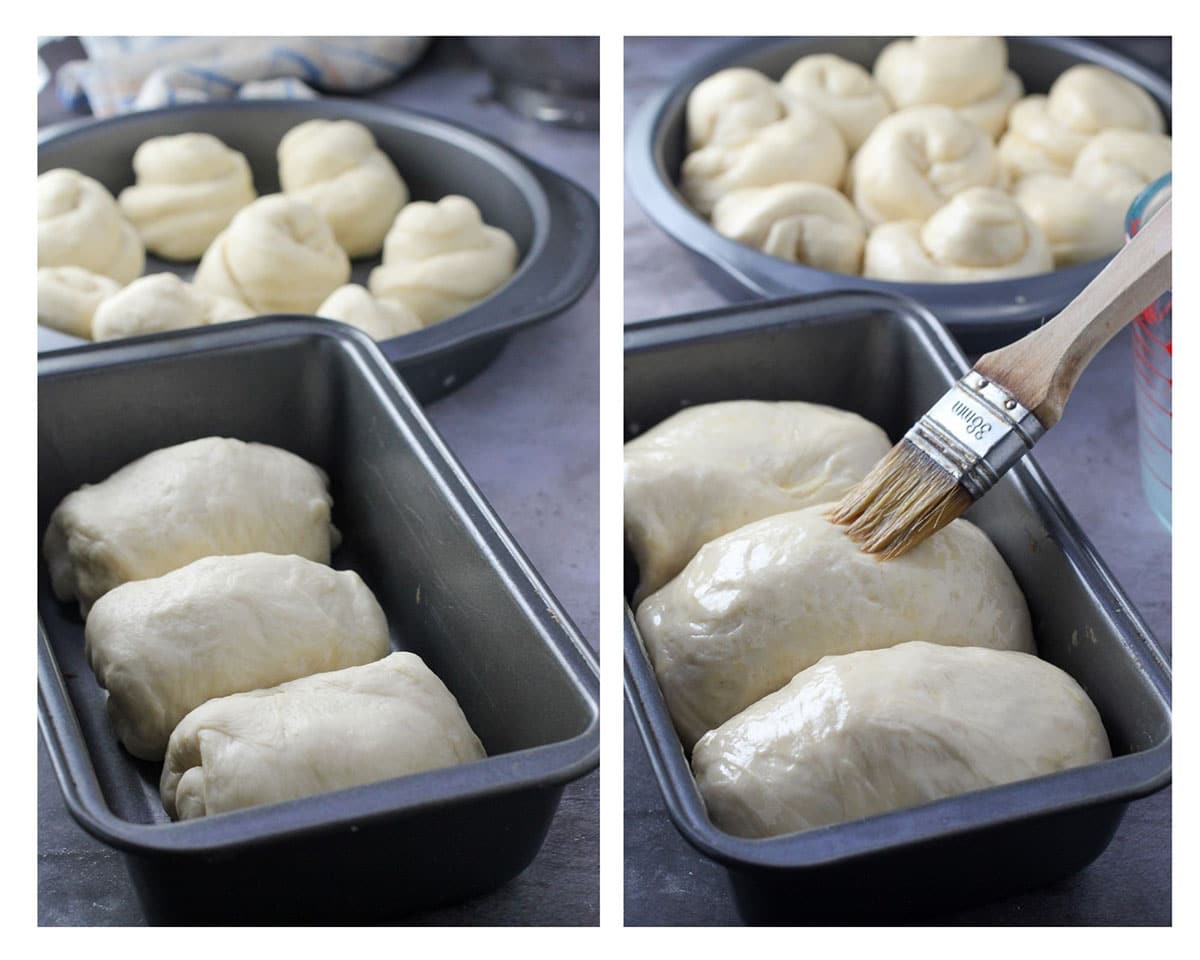
Baking the Rolls
Bake the rolls for 23-25 minutes. The top should be deeply golden and a thermometer should read 200 F. Do not over bake them for they will dry out fast.
Then, enjoy the fruit of your not-so-hard labor. Your bread is now ready for glazing, for slathering with spread, or simply pick one out right there and feel the fluffiness of each bite.
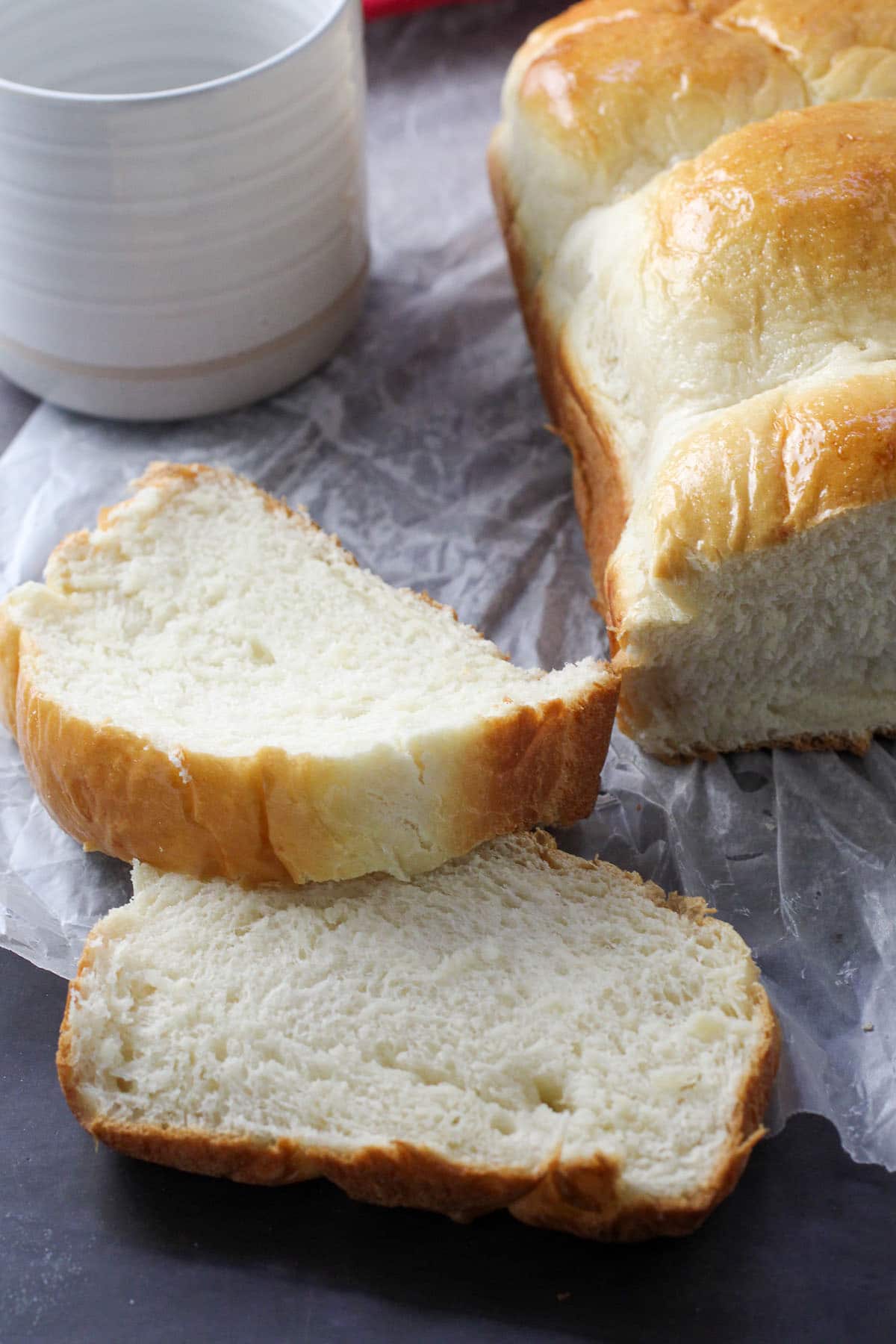
Frequently Asked Questions
I would not recommend cutting the recipe in half. What you can do is to make the dough, then freeze half of it for future use.
After the first rise, gently deflate the dough and wrap it well in plastic film. Then, wrap it with foil. You can freeze the dough for up to 2 weeks.
To use frozen dough, thaw it in the fridge. Then shape the dough as instructed in the recipe. Allow it to do the second rise as usual, then bake.
I am essentially trying to yield the same type of bread with both recipes-soft, fluffy and slightly sweet. The difference between the two is that Japanese Milk Buns uses tangzhong in the dough, while Milk bread does not.
Simple glaze: Mix 3 teaspoons of sugar with 2 teaspoons hot water. Stir mixture until sugar is dissolved. Brush over the bread surface.
Enjoy!
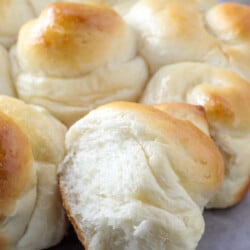
Milk Bread
Ingredients
- 1 tbsp active dry yeast
- 1/4 cup warm water 105-115 F
- 2/3 cup warm milk
- 2/3 cup heavy cream
- 1 large egg
- 1/3 cup of sugar
- 1 ½ tsp salt
- 4 cups all-purpose flour plus up to 3 tbsp. extra
For the Egg Wash
- 1 large egg
- 1 tbsp milk
For the Sweet Glaze
- 2 tsp water
- 3 tsp sugar
Instructions
- In the bowl of a stand mixer, add the warm water. Sprinkle the yeast and about 1 tsp of the sugar. Let stand until foamy. Add the warm milk, warm heavy cream, the egg, the remaining sugar and salt. With the dough hook attached, run the mixer at low speed just to incorporate the ingredients.
- Add 3 cups of flour, one cup at a time, and beat on low speed after each addition. The dough will start to gather into a shaggy mass. Add the remaining cup of flour and continue to beat until incorporated. Then slowly build up the speed to medium and mix the dough for about 8-12 minutes, scraping the sides and bottom of the bowl when necessary.
- You will see the dough starting to gather into the center and attaching itself into the dough hook. Sprinkle a little amount of flour (about half a teaspoon at a time) into the bowl and continue mixing. This should help the dough to release from the bottom of the bowl. You can add up to two tablespoons of flour and you should soon see the dough starting to gather in the center of the bowl. As you approach the 12 minutes mark, you should hear the dough slapping the sides of the bowl as it clings to the dough hook. This is a good sign that your dough is ready for proofing.
- Gather the dough into a ball, sprinkle a little bit of flour into a bowl, and place the ball of dough inside it. Cover the bowl with a kitchen towel and set it on a warm place for one hour to one hour and a half, until the size of the dough is doubled. Meanwhile, Grease two 9 inch round cake pans.
- Divide the dough into 16 equal portions. I usually cut the dough in half, then cut each portion in half again, and so on until I yield 16 equal pieces. Roll each portion into a log of about 8-10 inches in size, then twist each log into a coil. Tuck the ends underneath. Place each assembled dough inside the round pans, giving about an inch of space between each roll. Each 9 inch round cake pan should have 8 rolls each. Cover the rolls loosely with plastic wrap and let rise again until double in size, about an hour or so.
- Alternatively, you can make two loaves by dividing the dough into 2 portions, then divide each portion into 3 portions for a total of six. Roll each portion into a rough rectangle, then roll it into a cylinder starting on the short edge. Arrange 3 cylinders of dough in each pan. (See photos in the post)
- Preheat oven to 350 F. Make the egg wash by lightly beating one egg with 1 tablespoon of milk. Brush the surface of the rolls with the egg wash without letting the fluid drip to the sides. Bake in a 350 F oven for 23-25 minutes or until rolls are deeply golden on top. A thermometer should read 200 F. Once it reaches that mark, the bread is done. For loaves, bake it for 3-5 minutes more. To make the glaze, mix three teaspoons of sugar with two teaspoons hot water, stir it until the sugar is dissolved, and brush over the bread.
Notes
- Bread can be stored at room temperature in a covered container for up to three days. You can heat it in the microwave for 12-15 seconds, if desired.
- The dough will literally make some slapping sounds during kneading, and this is your sign that the dough is ready.
- Do not add too much of extra flour to the dough, or you will end up with a dry dough. You want it nice, smooth and elastic. A little tackiness is perfect.
- You can either shape the dough into buns or into 2 loaves as instructed in the recipe.
Nutrition
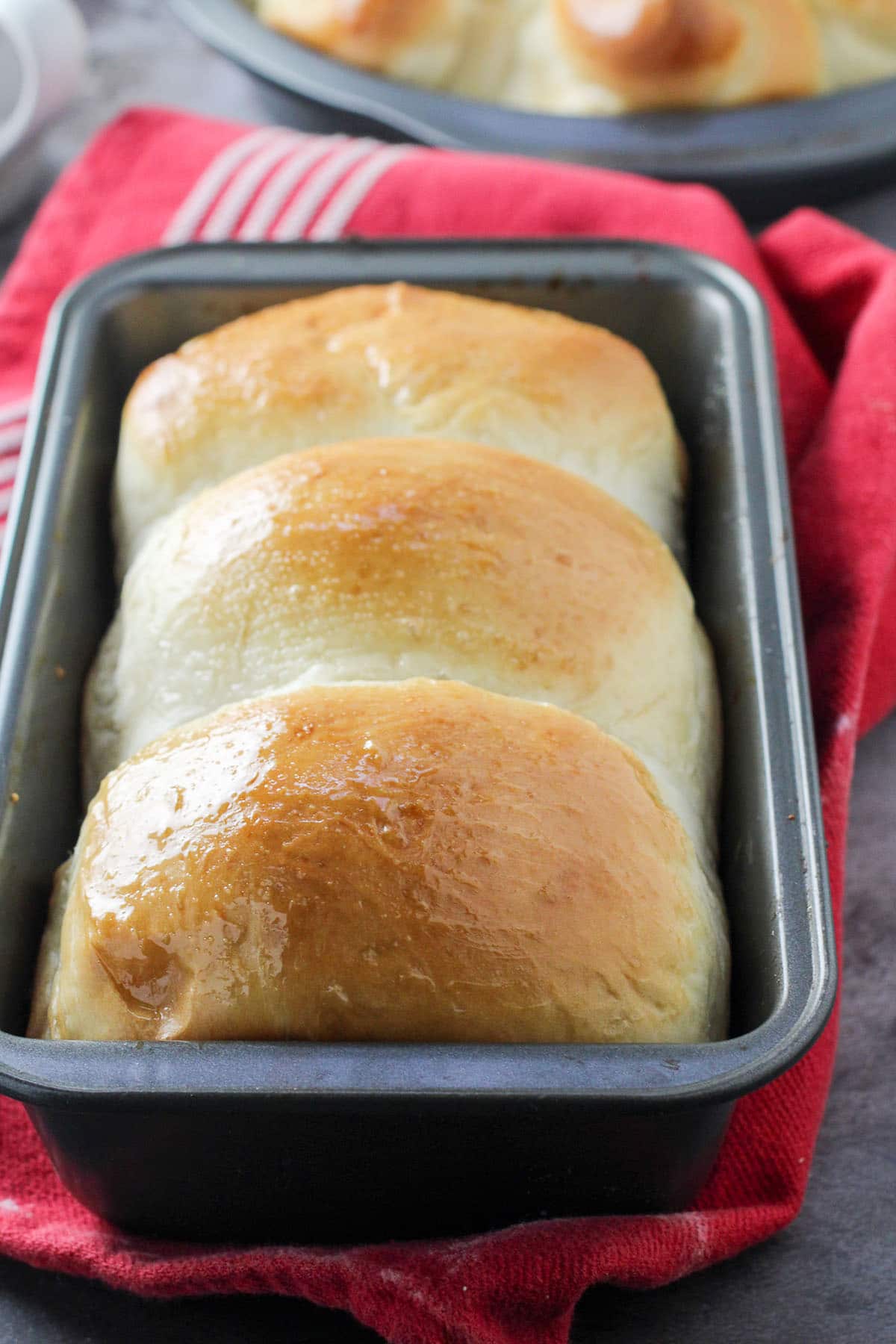
Want more bread? Check these out:
- Buttery Sugar Buns
- Garlic Herb Bread
- Austrian Buchtel ( Sweet Mini Buns)
- Mini Cinnamon Rolls with Coffee Icing
- Ham and Cheese Rolls
- Chocolate Hazelnut Rolls
- Japanese Milk Buns
- Coconut Buns with Milky Sweet Filling
This recipe is originally published in February 2018. It is now updated with new photos and an improved recipe.
Post contains an affiliate link. Please see the Disclosure page to learn more.
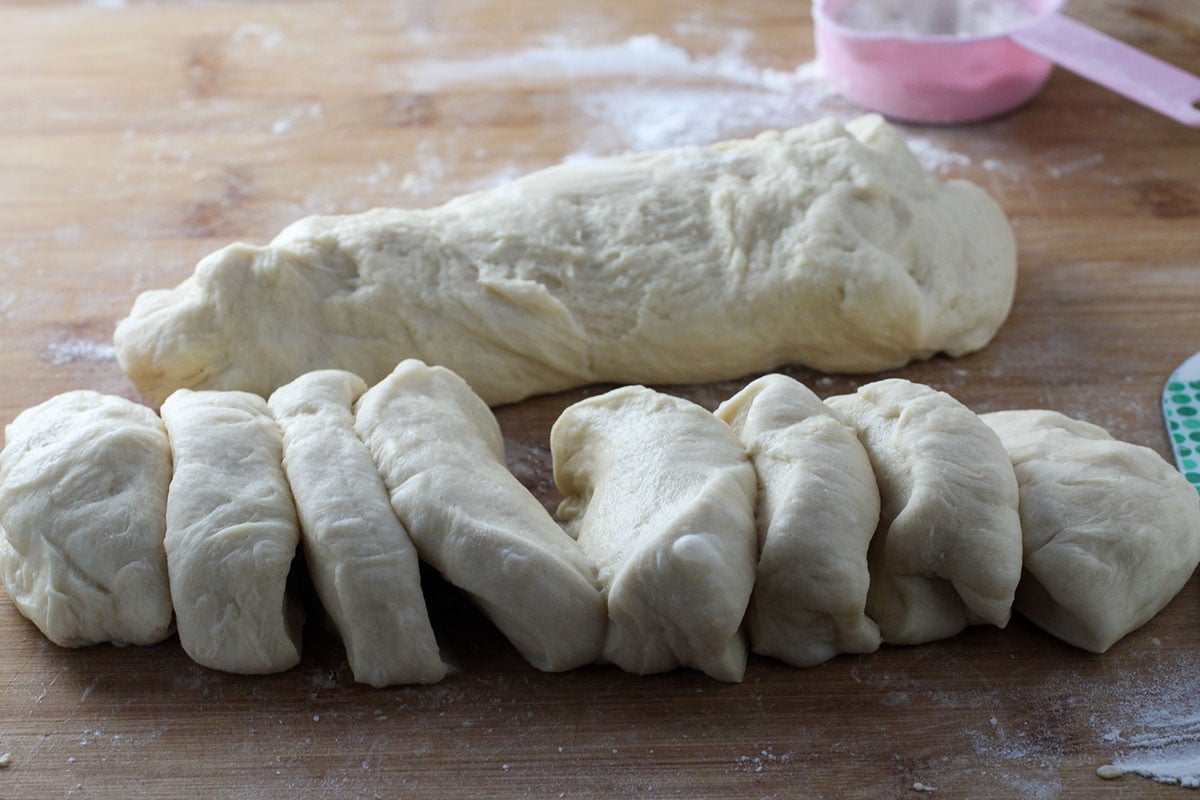
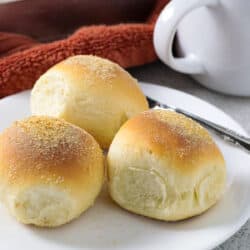
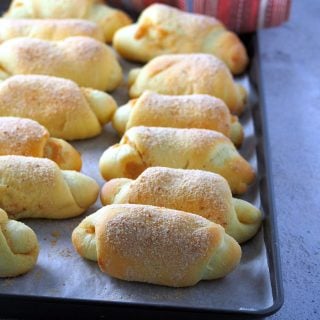


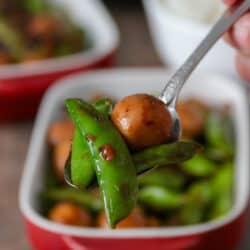
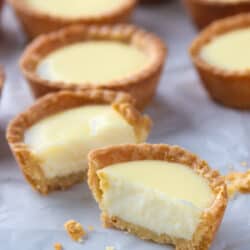

I made these today and they turned out just as you said they would. So soft and yummy. I put sesame seeds on top of one pan and poppy seeds on the other because my husband loves them and it looked pretty. Will definitely make these again. Thanks!
Hi Sandra! I am so happy that you guys loved this!
Love your recipes $ I’ve made these before and they are awesome.
Can you tell me how to make them so I can freeze and use as the meal deems such a delicious addition
Happy Holidays!!!! Merry Christmas
Yolanda
Hi Yolanda! I am glad you love it. To freeze, just shape them and then freeze them just until they are hard and solid in the pan. Then transfer them to Ziploc bags to freeze for up to 2 weeks. To bake, thaw at room temperature, let rise as usual then bake.
It’s very tasty, though not as sweet as I thought it would be. is it possible to add more sugar or perhaps honey without ruining the dough? Also its not as fluffy as in your posts, did I do something wrong? I don’t have a standmixer so I kneaded it by hand. the dough was veeery sticky and i definitely had to add more flour to it and I kneaded it for more than half an hour. Thank you!
Hi Kenza! You can add a bit mote sugar to sweeten it a little. The dough will tend to be very sticky when kneaded by hand. You can add about 1/4 cup of flour initially into the recipe to help with this. I hope that helps!
If cooking in a loaf pan, does the dough bake as long as the rolls do? Or is the baking time different? Thanks in advance!! I can’t wait to try this recipe!!
Hi Samantha! They should be done about the same time as the bunds, but add 3-5 minutes more. You can 2 loaves with the whole batch ❤️. Good luck!